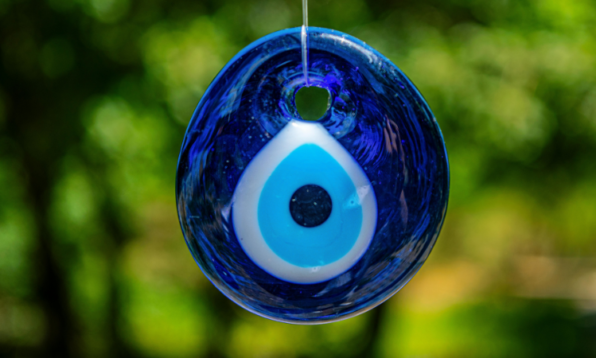The LGBTQIA+ umbrella is vast and comes with a variety of sexualities and sexual orientations under it. LGBTQIA+ stands for Lesbian, Gay, Bisexual, Transgender, Queer, Intersex, Asexual and more. But what does the ‘more’ signify? We celebrate June as Pride month, so this is the perfect opportunity to educate ourselves and, in turn, make the world a better place. Here is a list of 13 terms that come under the LGBTQIA+ banner.
Related: 12 Pride Flags And What They Signify: Yes, The Rainbow Flag Isn’t The Only One
1. Asexual

This is a word that is present in the acronym LGBTQIA+ itself. Someone who identifies as asexual experiences either very little or absolutely no sexual attraction to people of any gender. They are also known as ‘aces’. Asexual people may form a romantic attraction to someone but probably won’t want a sexual relationship. But, some asexual people may engage in some sexual activity. Asexual people don’t necessarily have an aversion to sex. They just don’t feel any sexual attraction to anyone. Asexual people can identify as heterosexual, homosexual, bisexual, transgender or pansexual.
2. Aromantic
Aromantic people are those who feel little to no romantic attraction to anyone from any gender. They may or may not feel some sexual attraction, they just are not interested in the traditional idea of romance. Also known as ‘aro’, one can be a sexual aromantic or an asexual aromantic.
3. Autoromantic
Autoromantic people experience a romantic relationship with themselves instead of with others. They give and receive love from themselves. They could possibly be in other relationships, but autoromantic people will also focus on themselves as romantic lovers.
4. Bicurious
Bicurious people are, simply speaking, people who may be curious about bisexuality. They often have sexual relations with one gender but are curious about having a sexual relationship with a different gender.
5. Cupiosexual
This refers to people who don’t experience any sexual attraction or desire. But they do want to engage in a sexual relationship. While cupiosexuality falls under the umbrella of asexual, the difference is that they wish to actively have a sexual relationship.
6. Graysexual

While people who identify as graysexual do not fall under the spectrum of asexual, they are not highly sexual either. Graysexual people are those who experience some level of sexual attraction, but not as much as someone who falls outside the spectrum of asexual.
7. Libidoist asexual
Libidoist asexuals are people who come under the category of asexuals, but they have a sex drive. But this sex drive is not satiated through a partner, but rather by masturbation and self-pleasure.
8. Monosexual
Monosexual people are those who feel attraction to one specific gender. This is a broad term that includes heterosexual, gay and lesbian people.
9. Omnisexual
Omnisexual is an orientation that comes under the umbrella of multisexuality. It refers to people who are attracted to people of all gender identities and sexual orientations. While omnisexual is quite similar to pansexual, there is a minor difference. Unlike pansexual people, omnisexual people are not gender blind. Omnisexual people recognise the gender of their partner, though it doesn’t affect their attraction to the partner.
10. Pansexual

Pansexuality is another term that comes under the umbrella of multisexuality. Pansexuals are people who are sexually and romantically attracted to people regardless of their gender. This could include men, women, non-binary people or queer people. Pansexuality implies that their attraction has no basis in the gender of a person.
11. Sex-averse
Sex-averse people fall under the category of asexual. They are completely averse to or highly disinterested in any type of sexual behaviour. In some cases, this averseness could be due to a traumatic event, or a psychological or medical reason. However, this doesn’t apply to everyone who is sex-averse.
12. Skoliosexual
This is one of the more recent additions to the LGBTQIA+ terminology list. People who are attracted to non-cisgender people are known as skoliosexual. They are attracted to people who identify as transgender, genderqueer, or non-binary.
13. Spectrasexual
Spectrasexual people are generally sexually attracted to multiple sexes, genders, and gender identities, but not all of them. For example, a person who is spectrasexual may be attracted to men and transgender people, but not to women. Unlike pansexuals and omnisexual, gender does matter to spectrasexual people.
GIFs Source
Featured Image Source

 Web Stories
Web Stories













